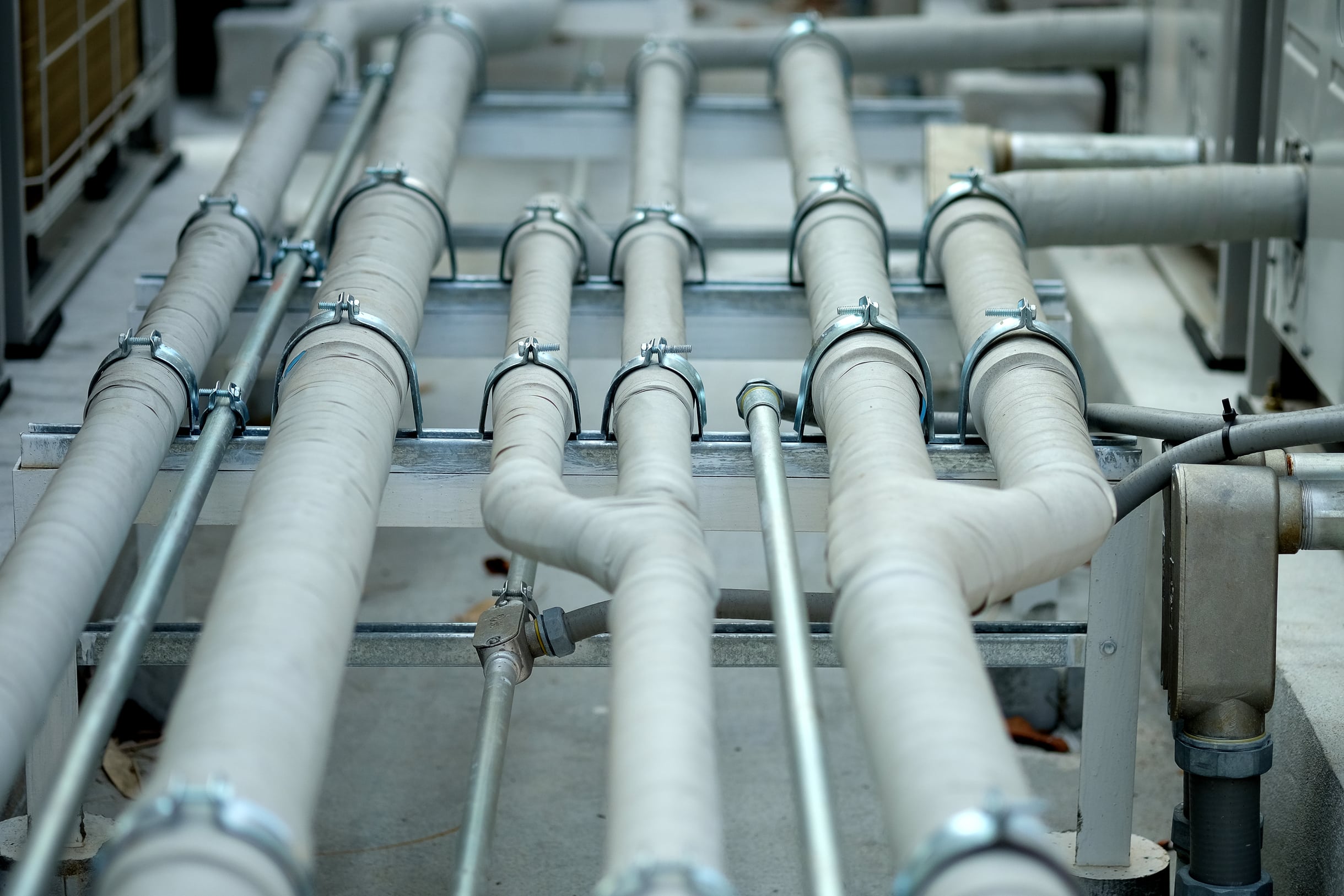The Mazda MX-5, affectionately known as the Miata, has a well-earned reputation as a fun and agile sports car. However, a key part of pushing your Miata to its limits lies in the clutch and the flywheel. The clutch is the key to unlocking the full potential of your Mazda’s engine, while the flywheel helps manage the engine’s torque. But what is the best way to install a performance clutch for improved engagement? This article will guide you through the process.
Understanding the Importance of the Clutch
Before you dive into changing the clutch, it’s crucial to understand the role it plays. The clutch connects your car’s engine to its transmission, controlling the transfer of power from the engine to the wheels. It is the component that allows you to engage or disengage the engine from the wheels, enabling you to change gears while driving.
Also read : What Are the Best Ventilated Car Seat Cushions for Comfort in Extreme Heat?
But why should you consider upgrading your Miata’s stock clutch? The answer lies in the increased performance and feel. A performance clutch will provide a higher clamping force, allowing it to handle more torque from the engine. This results in better power transfer, which can greatly improve your car’s acceleration and overall performance.
Choosing the Right Performance Clutch
Choosing the right performance clutch for your Miata isn’t as simple as picking the one with the best reviews. You’ll need to consider several factors, including the type of driving you’ll be doing. If you’re planning to use your car for racing, you may want a clutch that can handle high pressure and heavy use. On the other hand, if you’re using your car for daily driving, you’ll want a clutch that’s more comfortable to use, with a softer pedal feel.
Also to discover : How to Upgrade the Intercooler on a VW Golf GTI for Consistent Performance?
Another factor to consider is the type of material the clutch is made of. Different materials offer different levels of friction and wear resistance. For example, ceramic clutches provide excellent friction and heat resistance, but they tend to wear out more quickly than other materials.
The Role of the Flywheel in Clutch Performance
The flywheel is another critical component when upgrading your clutch. It not only maintains the engine’s momentum but also helps manage the torque transfer from the engine to the transmission. A lighter flywheel allows the engine to rev quicker, resulting in faster gear changes. However, it’s worth noting that a lighter flywheel can make the car more challenging to drive at low speeds or in heavy traffic.
When choosing a flywheel, think about how you’ll be using your car. If you’re planning on doing a lot of racing or high-performance driving, a lightweight flywheel is a good choice. However, if your Miata is mostly a daily driver, a heavier flywheel may be a better fit as it provides a smoother, more comfortable ride.
Installation of the Clutch and Flywheel
Now that you’ve selected your clutch and flywheel, it’s time to install them. While you might be tempted to save some money by doing it yourself, installing a clutch and flywheel can be quite a challenging task. It requires a good deal of mechanical knowledge and skill, as well as specialized tools.
Start by disconnecting the battery and the exhaust system. You’ll then have to remove the transmission and old clutch and flywheel. Once the old components are out, you’ll need to clean and inspect the area, replacing any worn or damaged parts. The new clutch and flywheel can then be installed, followed by the transmission.
Make sure to properly align the clutch disc with the pilot bearing in the flywheel. Misalignment can cause a number of problems, including difficulty shifting and premature wear. After everything has been installed, you’ll need to adjust the clutch pedal to ensure it engages and disengages properly.
Adjustments and Testing
After installing your performance clutch and flywheel, it’s important to take the time to adjust and test everything. This may involve adjusting the clutch pedal to get the right feel, as well as testing the car to ensure everything is working correctly.
During the testing phase, remember to be gentle with your new clutch. It will need some time to ‘break in’ before it’s ready for hard driving or racing. During this period, avoid quick starts and heavy pressure on the clutch pedal, and be mindful of any unusual noises or vibrations.
By taking the time to carefully choose and install your performance clutch and flywheel, you can significantly improve your Miata’s performance and enjoyment behind the wheel. Whether you’re racing on the track or cruising down the highway, a high-quality clutch and flywheel are vital components of your car’s overall performance and driveability.
The Necessary Steps for Clutch and Flywheel Replacement
Firstly, ascertain that you have all your materials. The new clutch flywheel, pressure plate, exhaust exterior, and other necessary wheels accessories must be within reach. It wouldn’t be out of place to have a bargain bin for old parts and tools.
Start by disconnecting the battery; this is an essential safety step that must not be skipped. Next, remove the engine exhaust, as this provides access to the clutch. The transmission must be removed next in order to gain access to the clutch and flywheel. This step is quite technical and requires a keen understanding of drivetrain engine mechanics.
Once the transmission is out, the old clutch and flywheel can be removed. It is a good practice to inspect the area for any damaged parts and replace them, while also cleaning the area to rid it of any debris.
Installation of the new flywheel comes before that of the clutch. It’s important to align the clutch disc with the pilot bearing in the flywheel. Any misalignment can lead to various problems, including difficulty in shifting and premature wear. The pressure plate must be attached to the flywheel, after which the clutch disc is aligned using a specialized tool.
After everything is installed, the clutch pedal needs to be adjusted to ensure proper engagement and disengagement. This step is key to the clutch’s operation and can greatly affect the Miata’s performance.
Conclusion: The Impact of a Performance Clutch and Flywheel on Your Mazda Miata
Installing a performance clutch and flywheel in your Mazda MX-5 is no small feat. It requires an understanding of the car’s drivetrain, suspension wheels, interior radiators, brakes clutch, and more. However, the advantages of a performance clutch over the stock version are numerous, especially for those who regularly push their cars to the limit.
The improved engagement, better power transfer, and ability to withstand more torque all make for a more thrilling driving experience, whether on the racetrack or open road. Moreover, selecting the right flywheel can have a significant effect on your vehicle’s response and control. It’s a balance between a lightweight flywheel for quick gear changes, and a heavier one for smoother driving at low speeds and in heavy traffic.
Remember to take it easy with your new clutch and flywheel. The break-in period is critical to the longevity and performance of these parts. Be mindful of any unusual noises or vibrations and adjust the clutch pedal as needed for optimal engagement and disengagement.
A performance clutch and flywheel are an investment in your car’s performance and your driving experience. Take the time to do it right, and your Mazda Miata will reward you with improved acceleration, better control, and an overall more exhilarating ride. Enjoy the thrill of driving your Miata to its fullest potential with these essential intakes interior components.






